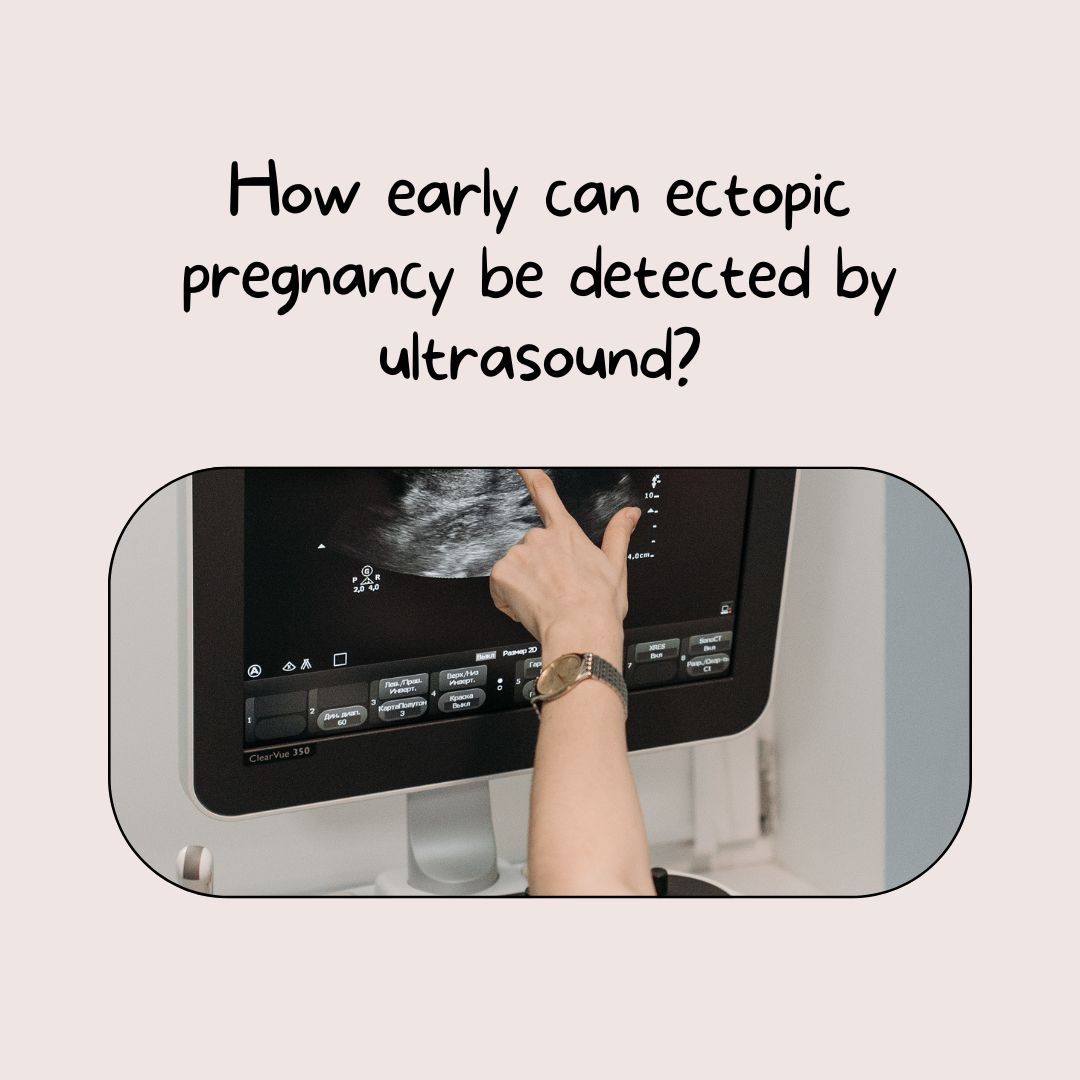How early can ectopic pregnancy be detected by ultrasound?

How early can ectopic pregnancy be detected by ultrasound? An ectopic pregnancy occurs when the fertilized egg implants and grows outside of the uterus, which can cause serious health complications for the mother. Early detection is crucial to ensure proper medical care and prevent potential risks. This blog post aims to provide comprehensive information on the timing and methods of ectopic pregnancy detection through ultrasound, as well as the importance of seeking medical help and available treatment options.
Understanding Ectopic Pregnancy
Ectopic pregnancy is a medical condition where the fertilized egg implants outside the uterus, typically in the fallopian tube. However, in rare cases, it can also occur in the cervix, ovary, or abdominal cavity. Common risk factors for ectopic pregnancy include previous pelvic surgery, pelvic inflammatory disease, and assisted reproductive technologies. Symptoms may include abdominal pain, vaginal bleeding, and shoulder pain. In some cases, ectopic pregnancy can lead to ruptured fallopian tubes, which can cause severe bleeding and even death.
Diagnostic Methods for Ectopic Pregnancy
Ultrasound is the primary method for diagnosing ectopic pregnancy. Transvaginal ultrasound is the preferred approach, as it provides better visualization of the pelvic structures and has a higher sensitivity for detecting early-stage ectopic pregnancies. Abdominal ultrasound can also be used, but it may not provide sufficient detail in the early stages of pregnancy. Blood tests, such as human chorionic gonadotropin (hCG) levels, may also be used to assist in the diagnosis.
The Timing of Ultrasound Detection
The timing of ultrasound detection depends on the gestational age of the ectopic pregnancy. In general, transvaginal ultrasound can detect ectopic pregnancies as early as 4-5 weeks after the last menstrual period, whereas abdominal ultrasound may not be able to detect until 6-7 weeks. However, early detection can be challenging, as the symptoms of ectopic pregnancy may be similar to those of normal pregnancy or other gynecological conditions.
Ultrasound Findings in Ectopic Pregnancy
Ultrasound findings in ectopic pregnancy include the absence of a gestational sac in the uterus, the presence of an abnormal mass or fluid collection, and visualization of the fallopian tubes and surrounding areas. Other findings may include an adnexal mass or free fluid in the cul-de-sac. It is important to note that the absence of a gestational sac in the uterus does not always indicate ectopic pregnancy, as it can also occur in cases of early intrauterine pregnancy.
Transvaginal Ultrasound Procedure
Transvaginal ultrasound is a minimally invasive procedure that involves inserting a small probe into the vagina to visualize the pelvic structures. The procedure is typically painless, but some discomfort may be experienced. It is important to follow any instructions provided by the healthcare provider prior to the procedure, such as avoiding intercourse or using a tampon.
The Importance of Early Detection
Early detection of ectopic pregnancy is crucial to avoid potential risks and complications, such as ruptured fallopian tubes and internal bleeding. Timely intervention can also preserve fertility and increase the chances of successful treatment outcomes. It is important to seek medical attention if any symptoms of ectopic pregnancy are present or if there is a suspected risk based on medical history or other factors.
Seeking Medical Help
If symptoms of ectopic pregnancy are present, it is important to seek medical attention immediately. This may involve contacting a healthcare provider or emergency services, depending on the severity of the symptoms. It is important to provide accurate and detailed information about symptoms and medical history to assist in the diagnosis and treatment.
Treatment Options for Ectopic Pregnancy
Treatment options for ectopic pregnancy depend on the gestational age and severity of the condition.